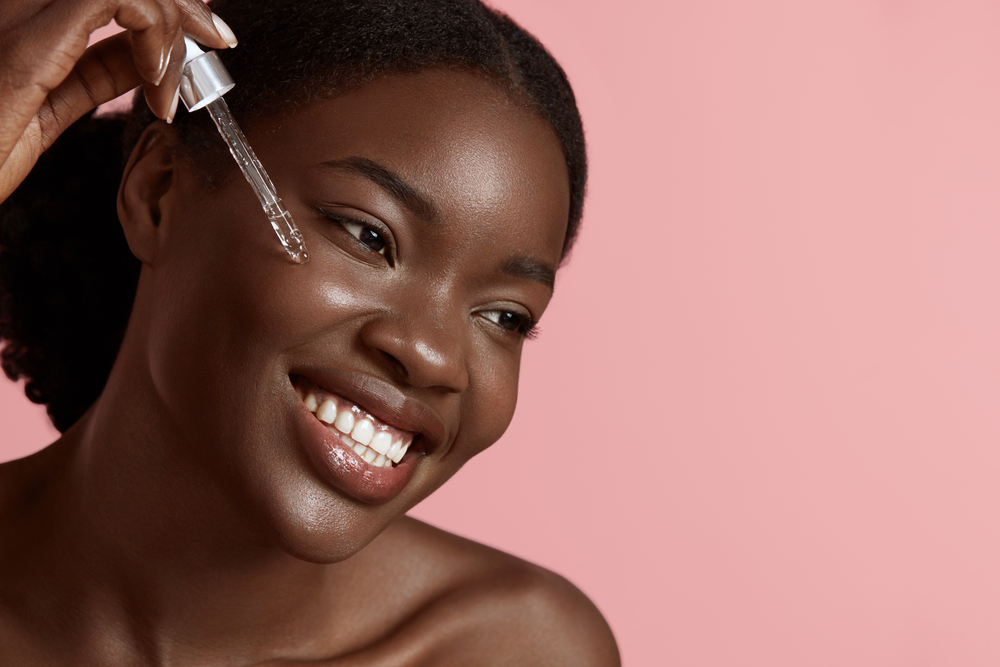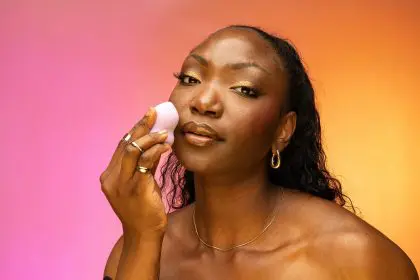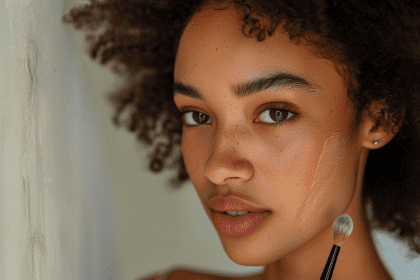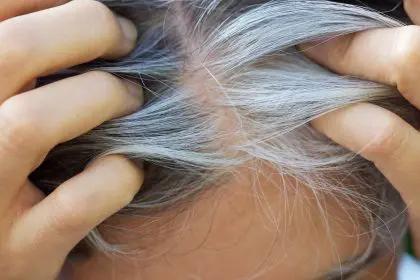When it comes to personal care, many of us assume the products we use daily are safe. However, hidden within attractive packaging and pleasant fragrances lie ingredients that could pose significant health risks. Understanding these potential carcinogens empowers you to make healthier choices for yourself and your loved ones.
The formaldehyde factor
Formaldehyde, commonly found in hair straightening treatments, nail polish, and some shampoos, stands as a known carcinogen that can cause skin irritation and respiratory issues. More concerning is its release over time from preservatives in products containing DMDM hydantoin, quaternium-15, and urea compounds.
When examining product labels, watch for ingredients like formalin, methylene glycol, and methanal. Choosing formaldehyde-free alternatives helps reduce exposure to this harmful substance while maintaining effective hair and nail care routines.
Understanding paraben risks
Parabens serve as preservatives in cosmetics, lotions, and shampoos, preventing bacterial growth. However, these compounds can mimic estrogen in the body, potentially disrupting hormone function and increasing breast cancer risk. Products containing methylparaben, ethylparaben, propylparaben, or butylparaben warrant careful consideration.
The ongoing debate about paraben safety highlights the importance of choosing paraben-free products to limit exposure to potential hormone disruptors. Many manufacturers now offer effective alternatives that preserve products without these controversial ingredients.
The coal tar connection
Coal tar, a byproduct of coal processing, appears frequently in hair dyes and dandruff treatments. This ingredient contains polycyclic aromatic hydrocarbons (PAHs), recognized carcinogens that may increase skin and bladder cancer risk through long-term use.
Natural hair dyes and products free from p-phenylenediamine (PPD) and other coal tar derivatives offer safer alternatives for those seeking to maintain their hair color or treat scalp conditions.
PEG compounds and hidden dangers
Polyethylene glycol compounds, found in creams, lotions, and cleansers, serve as thickening agents or solvents. During manufacturing, these compounds risk contamination with 1,4-dioxane, a suspected carcinogen that often goes unlisted on product labels.
To minimize exposure, look for products certified as organic or natural, and avoid those containing PEGs or ethoxylated compounds. This careful selection helps reduce contact with potentially harmful contaminants.
The phthalate problem
Phthalates, present in fragrances, nail polishes, and hairsprays, enhance product flexibility and longevity. These chemicals link to reproductive issues, hormone disruption, and certain cancers. Dibutyl phthalate (DBP), diethyl phthalate (DEP), and dimethyl phthalate (DMP) raise particular concern.
Often hidden under the term “fragrance” on ingredient lists, phthalates require vigilance to avoid. Choosing unscented or explicitly phthalate-free products helps minimize exposure to these harmful compounds.
UV stabilizer concerns
Benzophenone and its derivatives, including oxybenzone, appear in sunscreens, lip balms, and nail polishes as UV protectants. Studies suggest these compounds may disrupt endocrine function and possess carcinogenic properties. Additionally, oxybenzone raises environmental concerns due to its impact on coral reefs.
Mineral-based sunscreens containing zinc oxide or titanium dioxide offer safe, effective alternatives for sun protection without potentially harmful chemical UV filters.
The talc issue
While talc itself poses no inherent harm, its potential contamination with asbestos during mining creates significant health risks. Found in powders, blushes, and eyeshadows, contaminated talc can lead to serious health issues, including lung cancer and mesothelioma when inhaled.
Choosing talc-free products or ensuring use of only asbestos-free talc helps minimize this risk while maintaining desired cosmetic effects.
Moving forward safely
The largely self-regulated beauty industry requires consumer vigilance. Reading labels carefully, researching ingredients, and supporting transparent brands committed to clean beauty significantly reduces exposure to harmful substances.
Consider these strategies for safer beauty choices:
- Choose products with natural or organic ingredients
- Research unfamiliar ingredients before use
- Support brands with transparent practices
- Stay informed about ingredient safety updates
By understanding these common carcinogens and making informed choices, you can maintain your beauty routine while prioritizing your health and safety.
This story was created using AI technology.











